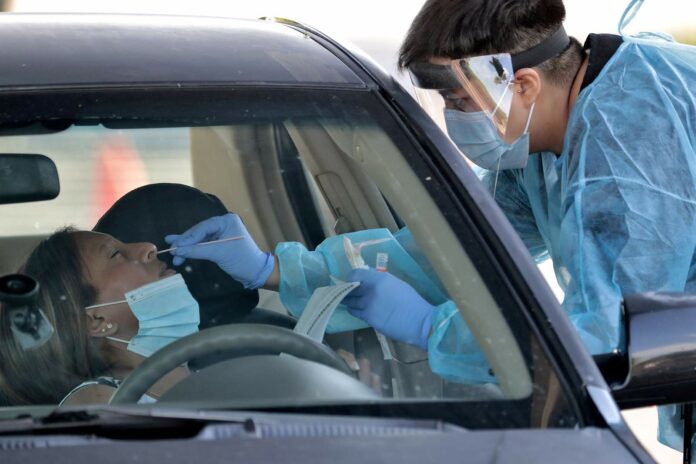The discovery could help doctors predict earlier on which patients are most at-risk

Researchers have determined that there are six different “types” of COVID-19, all that have varying degrees of symptoms and severity, according to a study from King’s College London.
Although the discovery may seem daunting, the study’s findings could actually help doctors predict earlier on which patients are most at-risk and likely to be hospitalized, compared to others who may not suffer from severe symptoms.
Typically, the three key symptoms of the coronavirus include cough, fever and loss of smell, according to a report from CBS News.
However, data from the study indicates that COVID-19 symptoms can also range from headaches, muscle pains, fatigue, diarrhea, confusion, loss of appetite, shortness of breathe, and more.
“These findings have important implications for care and monitoring of people who are most vulnerable to severe COVID-19,” said Dr Claire Steves from King’s College London in a statement. “If you can predict who these people are at day five, you have time to give them support and early interventions such as monitoring blood oxygen and sugar levels, and ensuring they are properly hydrated – simple care that could be given at home, preventing hospitalizations and saving lives.”
According to the study, researchers have identified six different groupings of COVID-19 symptoms, as listed below.
- ‘Flu-like’ with no fever: Headache, loss of smell, muscle pains, cough, sore throat, chest pain, no fever.
- ‘Flu-like’ with fever: Headache, loss of smell, cough, sore throat, hoarseness, fever, loss of appetite.
- Gastrointestinal: Headache, loss of smell, loss of appetite, diarrhea, sore throat, chest pain, no cough.
- Severe level one, fatigue: Headache, loss of smell, cough, fever, hoarseness, chest pain, fatigue.
- Severe level two, confusion: Headache, loss of smell, loss of appetite, cough, fever, hoarseness, sore throat, chest pain, fatigue, confusion, muscle pain.
- Severe level three, abdominal and respiratory: Headache, loss of smell, loss of appetite, cough, fever, hoarseness, sore throat, chest pain, fatigue, confusion, muscle pain, shortness of breath, diarrhea, abdominal pain.
The discovery of these six different sets of COVID-19 symptoms was developed after researchers used a machine learning algorithm to analyze data they received from an estimated 1,600 users in the United Kingdom and the United States with confirmed COVID-19.
Each of the users regularly logged their symptoms using the app in March and April, according to the study.
Researchers said only 1.5% of patients with cluster 1, 4.4% of people with cluster 2 and 3.3% of people with cluster 3 required breathing support. Whereas, 8.6%, 9.9% and 19.8% for clusters 4, 5, and 6 were reported, respectively.
Nearly half of the patients in cluster 6 ended up in the hospital, compared to just 16% in cluster 1, according to the study.
To read the full study, click here.
SAISD elementary school teacher dies after battle with COVID-19, district says
Copyright 2020 by KSAT – All rights reserved.
About the Author:
Cody King
Cody King is a digital journalist for KSAT 12. She previously worked for NewsChannel 20 in Springfield, Illinois.






